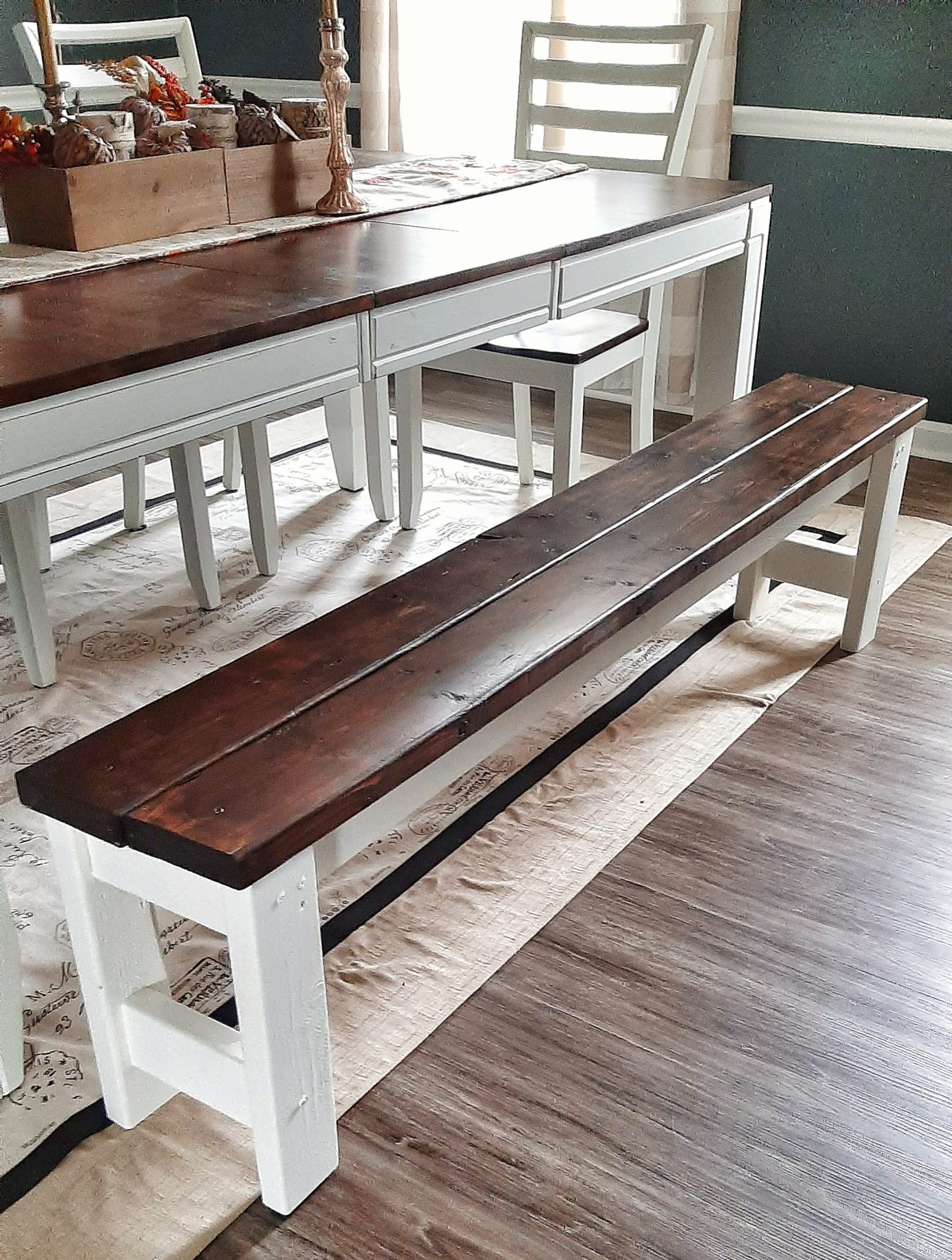Table Of Content

A common way of measuring the height of buildings is by counting the number of stories it has, which are also commonly referred to as levels. When you consider the attic space in the overall height of a two-story home, this brings the number to around 26.5 feet tall. For example, if the first story’s height is 9 feet (2.74 meters), the roof’s pitch will need to be steeper to achieve a standard height of 10 feet (3.05 meters) for the story. On the other hand, if the first story’s height is 11 feet (3.35 meters), the roof’s pitch can be flatter, and the overall height of the house will still be around 20 feet (6.10 meters). It is important to note that the ceiling height can vary depending on the design and style of the house. Some homeowners may prefer higher ceilings, which can increase the overall height of the house.
How tall is a 3-story building?
Meadow Star Court house fire: Woodlands Fire Department responds to structure fire due to lighting strike - KTRK-TV
Meadow Star Court house fire: Woodlands Fire Department responds to structure fire due to lighting strike.
Posted: Fri, 15 Mar 2024 07:00:00 GMT [source]
So, the next time you stand before a two-story house, remember, its height isn't a one-size-fits-all answer. From architectural flair to local regulations, a surprising number of factors shape a two-story home's stature. Securing a building permit is an essential step in the construction process, serving as formal approval to proceed with construction in compliance with local codes and regulations.
The Role of the Attic in House Height
The roof frame and types of trusses determine the pitch, or angle, of the roof itself. Depends on if you count the roof and the type that was used in the construction. Whether or not you have an attic, will influence the height of your two-story house. Additionally, the height of the ceiling in the attic will have a direct impact. In most cases, the attic space goes hand and hand with the roof pitch and design.
What Can Affects the Height of a Two-Story Home?
The ideal ceiling height in a two-story house varies depending on personal preferences and the design of the house. However, a ceiling height of 9 to 10 feet or 2.7 to 3 meters is becoming increasingly popular in modern homes, as it provides a balance between spaciousness and practicality. Low ceilings in a two-story house can make the living spaces feel cramped and claustrophobic, and they can also impact the resale value of the property. Furthermore, low ceilings can restrict the size of furniture that can be used in the living spaces and limit the functionality of the rooms. But that’s not all – we’ll also look at the practical considerations that go into remodeling or renovating a two-story house, including the impact of local building codes and the cost of materials. There are a whole host of factors that can impact the height of a two-story house, from the architectural style to the location and materials used in its construction.

The height of a two-story house is influenced by several factors, including the height of the ceiling, the thickness of the floors, and the roof pitch. The average height of a two-story house varies, but is typically around feet. However, this can be affected by local building codes and regulations, which may require minimum or maximum heights.
Factoring in attic space brings the height of a two story home with an attic to about 26.5 feet. Factoring in floor depth (1 foot), this brings the height of a two story home to about 19 feet. You will need a 20-foot ladder for a two-story house if you want to get on the roof. The construction of the floor can also contribute to how tall a two-story home can be. Be sure to work with a reliable network of investors, home builders and real estate agents before making any construction plans on your current living space.

Finding the height of a two story house starts with knowing how tall a single story is. The height of a story depends on the ceiling height, which is usually anywhere from 8 feet to 10 feet tall. Typically, the attic height can measure up to 7 feet or more, depending on the design. The placement of the ceiling joists, the rafters, and the roof pitch is the biggest contributing factor to the attic height.
The Thickness of the Floor
Properly insulated walls and attics can reduce heat transfer between floors and minimize temperature differences. However, the height of the home can make it more challenging to maintain a consistent temperature throughout the entire house. As a result, taller two-story homes may require more insulation or specialized ventilation systems to maintain a comfortable temperature. The height of a two-story house can also impact its resale value through the cost of construction.
Floor thickness
The height can vary according to the slope of the roof and the thickness of the foundation, floor joists, and other structural materials. The height of the ceiling is another factor to be considered when determining how tall a one-story house is. The style and pitch of the roof can affect the height of a two story house. Steep roof peaks raise the total building height by several feet, while flat roofs (more common in commercial buildings) won’t add to the total height at all. The ceiling height, the floor thickness, and the roof design contribute to the overall height.
Such homes have ceiling heights of 9 feet on the first floor and 10 feet ceilings on the second floor. While it may seem like a challenge to determine the height of a two-story home or how tall they should be when planning out construction, you can always consult the experts. Building professionals will be able to provide you with excellent advice and educate you on local building requirements. Obviously, a home that is only 12 feet high would not work well in today’s society. To understand the average height of a two-story building, it’s best to consult the National Building code for your country. In the United States, the typical two-story building height for residential constructions is between 16 and 30 feet.
The thickness of the floors can vary depending on the construction materials used, such as wood or concrete. Thicker floors can provide more insulation and stability, but can also add height to the building. In addition, building codes will have specific requirements for minimum ceiling heights and staircase clearances, which can affect the overall height of the house.












